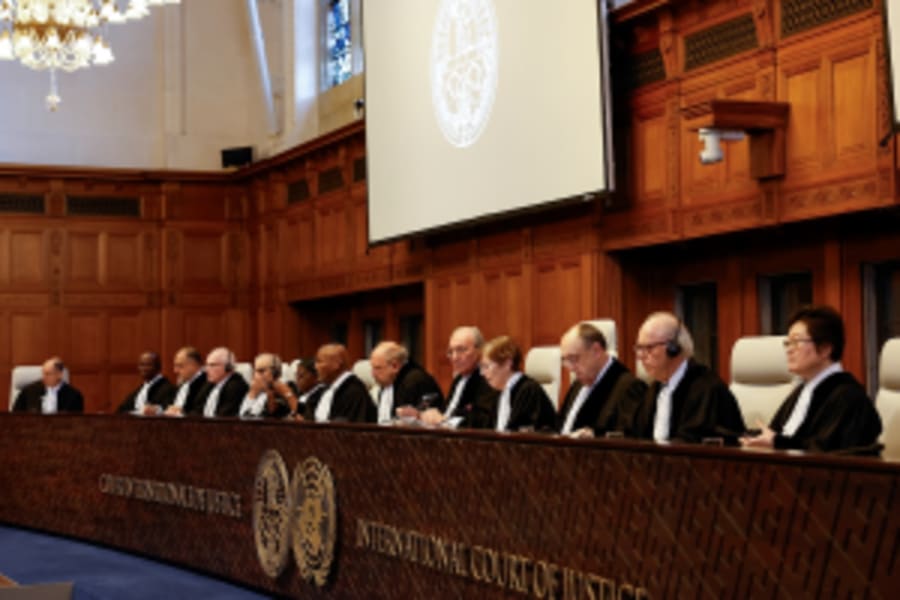Ancient Hebrew document could reveal why Dead Sea Scrolls were placed in Qumran
New research suggests that the Essenes held a large annual ceremony in the Qumran region

The Damascus Document, which is more than 1,000 years old and is part of the ancient Cairo Geniza Jewish manuscripts collection, could explain the mystery of why many of the famous Dead Sea Scrolls were discovered in the remote Qumran caves near the Dead Sea.
The Damascus Document is named after its many references to the Syrian capital, which was once governed by the ancient Hebrew King David. The document has been stored in the Cairo Genizah, a storeroom in a synagogue in the Fustat neighborhood in Cairo.
New research now suggests that the Qumran region served as the site of a large annual ceremony of the Essenes, a mystical Jewish sect. According to this theory, members of this sect gathered at Qumran from cities and villages all over the land of Israel to practice an important ritual known as the Covenant of Renewal.
The ritual is reportedly mentioned in fragments of the Dead Sea Scrolls, according to Daniel Vainstub, an archaeologist at Ben-Gurion University in the Negev.
“The countrywide gathering in Sivan [the third month of the Jewish calendar, which falls in May or June] was a large and well-regulated event for which clear and detailed rules were established,” Vainstub explained.
Vainstub argues that the ancient Hebrew document contains a more detailed description of the annual gathering ceremony in Qumran on the holiday of Shavuot, which marks the renewal of the Jewish covenant with God.
“I argue that the Damascus Document contains the bylaw or rule that regulates the annual gathering. No one noticed this before me,” Vainstub told Live Science.
Vainstub’s theory suggests that the Dead Sea Scrolls were written elsewhere and later brought into the area.
“My theory is also consistent with the fact that the scrolls did not necessarily originate from Qumran, but rather were brought to the caves from all over the country and left in the caves over the decades,” Vainstub said.
Vainstub believes that the Qumran region only had a few dozen permanent residents who hosted hundreds of pilgrims from across the country each year.
“Some dozens of permanent residents of Qumran … had to host many hundreds of people at the site once a year in ever-increasing numbers. The site of Qumran, with its facilities, caves and surfaces, accords with the evidence for the annual gathering that emerges from the scrolls.”
In March 2021, the Israel Antiquities Authority announced the discovery of two dozen unique 2,000-year-old biblical scroll fragments in a Judean Desert cave. The rare scroll fragments reportedly contain passages from the books of Nahum and Zechariah. It was the first time historical artifacts of such importance had been discovered since the Dead Sea Scrolls were accident.
The Dead Sea scrolls were discovered in the late 1940s by the Bedouin shepherd Muhammed Edh-Dhib who was looking for a stray goat in the area and accidentally stumbled upon the treasure.
More than 15,000 pieces from over 900 original Hebrew documents were eventually discovered in the Qumran caves in the Judean Desert on the western shores of the Dead Sea.
According to Jewish religious law, it is forbidden to destroy any texts containing the name of God. As a result, the ancient Genizah manuscript collection was preserved over the centuries and eventually discovered in 1890 by Solomon Schechter, a Cambridge University scholar.

The All Israel News Staff is a team of journalists in Israel.














